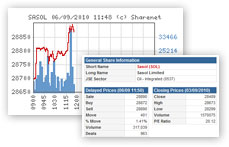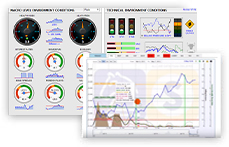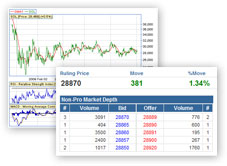Consensus estimates are based on estimates collected by Sharenet and are calculated by taking the arithmetic average of the constituent analyst forecasts. Consensus estimates data are based on "SELL-SIDE" analysts' opinions, projections, and predictions regarding listed companies' performance. It does not represent Sharenet's own views on performance.
Sharenet endeavours to ensure that consensus estimates data is accurate and up to date, but it is not under an obligation to update the consensus data, revise or supplement the consensus figures to reflect circumstances existing after the date hereof.
Sharenet does not accept any liability whatsoever for reliance upon, or actions taken based on, any of the information set out in consensus estimates. Consensus estimates are forward-looking and as such are speculative and rely on assumptions and events in the future (some or all of which may not be satisfied or may not occur).


